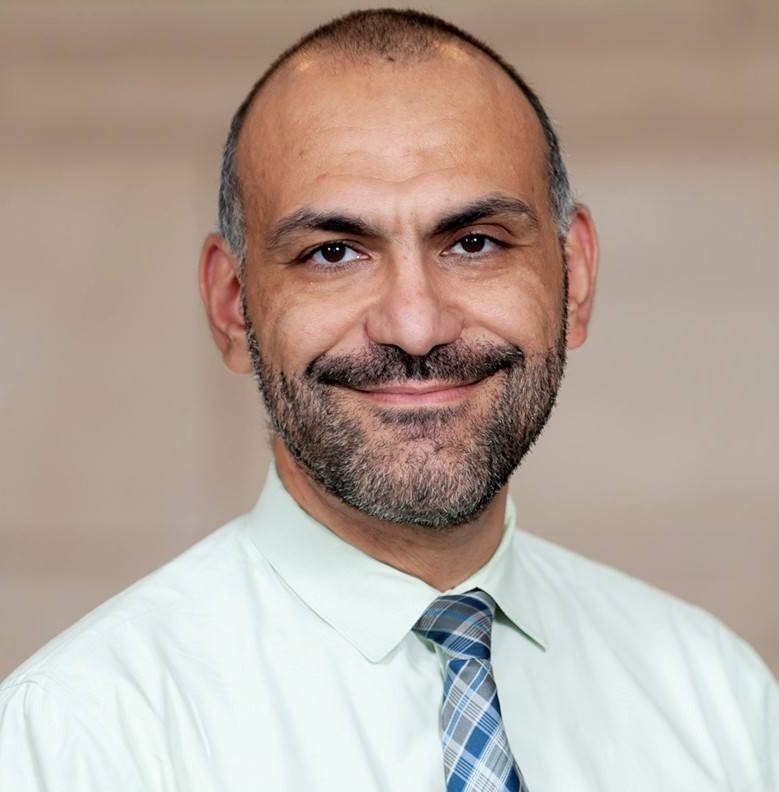Successful Implementation of An IMRT/VMAT Same-Day SRS/SBRT Treatment Program
M Aristophanous1*, D Wang1, S Shen1, A Ballangrud-Popovic1, A Li1, M Zhu1, S McBride2, K Beal2, J Yang2, L Cervino1, (1) Department of Medical Physics, Memorial Sloan Kettering Cancer Center, New York, NY, (2) Department of Radiation Oncology, Memorial Sloan Kettering Cancer Center, New York, NY
Presentations
MO-C930-BOP-F1-3 (Monday, 7/11/2022) 9:30 AM - 10:00 AM [Eastern Time (GMT-4)]
Exhibit Hall | Forum 1
Purpose: We developed and implemented a same-day simulation and treatment SRS/SBRT program. In this study we report our initial experience with this expedited program on a LINAC for patients with intra and extracranial metastatic disease.
Methods: Between March 2021 and February 2022, patients were treated in our same-day program at a rate of two patients per week. Patients eligible for the same day treatments include those who have expedited clinical needs and are able to undergo SRS/SBRT simulation and treatment. Additional requirements were that extracranial treatment sites can undergo planning with our automated optimization system (ECHO) and intracranial treatments targeted less than 3 lesions with no more than 2 isocenters. The day prior to treatment the patient had to be identified, diagnostic imaging, if needed, had to be available, and the physician and dosimetrist had to complete a conference to discuss the plan. On the day of treatment, simulation is scheduled for 8am and treatment at 4pm by default, with the goal to complete treatment by 6pm.
Results: Data from 65 patients was available for analysis. Forty-five received intracranial SRS, of which 31 had 1 lesion. Of the 14 patients with more than 1 lesion, 6 required 2 isocenters. There were 20 extracranial patients, with 80% receiving single fraction SBRT [1200-2400cGy] and 20% hypofractionated SBRT [2700cGy-3000cGy]. Simulation often required additional time, finishing on average 0.5 hours [0.0-2.0] late. The entire workflow was completed on average in 7.5 hours [5.0-9.4] with treatments for more than 1 lesions taking over 8 hours [7.5-9.4]. The mean treatment end time was 5pm, with 88% ending by 6pm.
Conclusion: We successfully developed and implemented a same-day program to treat clinically urgent SRS/SBRT with IMRT/VMAT. In the future we will look for ways to improve efficiency and expand on our early success.
Keywords
Not Applicable / None Entered.
Taxonomy
Not Applicable / None Entered.
Contact Email



